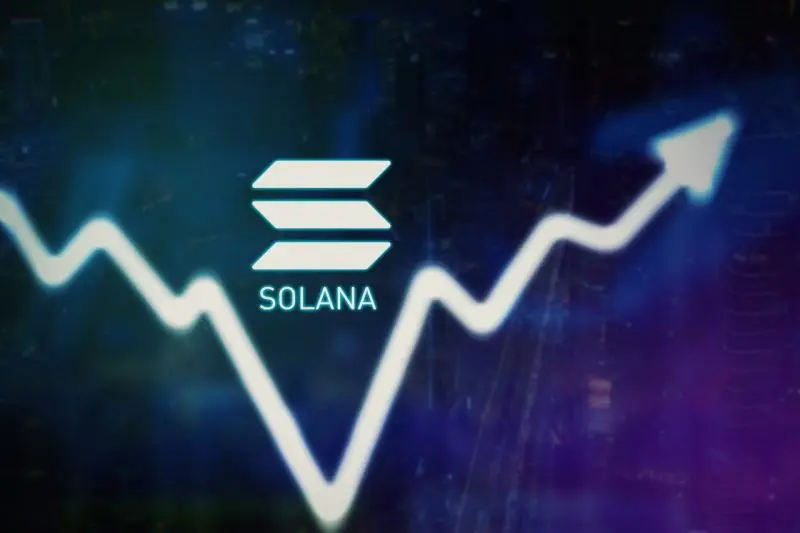- Solana has launched a new upgrade meant to reduce network congestion, and ultimately prevent additional outages.
- The upgrade has three main features, all of which require time and work to optimize, according to Solana Labs co-founder.
Solana (SOL) is implementing a new upgrade designed to improve the network’s performance primarily by easing congestion. Recall that the layer-1 smart contract platform has suffered several outages in the past year. The latest of these took place at the start of the month when NFT-minting bots flooded the network. Anatoly Yakovenko, Solana Labs co-founder, took to Twitter to explain the upgrade.
Solana takes live new congestion-easing upgrade
Dubbed v1.10.15, the latest update has three core transaction optimizing attributes that Solana is looking to leverage. The first is the QUIC (Quick UDP Internet Connections) protocol, which will replace the User Datagram Protocol (UDP). The former enables asynchronous communication, thereby reducing latency.
According to Yakovenko, Solana’s developers have tested and benched the protocol multiple times. During those trials, “a ton of performance bugs have been fixed.” However, the engineer still believes that there is “10x room for improvement in latency.”
The second feature is stake-weighted transactions, which will be replacing the first-come-first-serve transaction approval basis. The upgrade now aims at preventing bots, whether staked or unstaked, from consuming all the bandwidth.
At the moment, Solana is implementing the change on a “rudimentary” scale. But even then, Yakovenko says the upgrade could still boost the network’s bandwidth. He, however, adds that “it will take time to get right.”
The last item on the list is fee prioritization, or prioritizing transactions with higher fees. Yakovenko says this is another feature that will require time to prevent high gas fees for all users in a “hot market” scenario.
Currently, all these upgrades have gone live on the network’s testnet. Solana expects to “slowly” launch the upgrades to Mainnet-beta this week.
Moreover, the engineer notes that the network will optimize all three attributes in v1.11, and QUIC will be a default feature.
Upgrade optimization time
Theoretically, Solana can handle up to 65,000 transactions per second (TPS). In the latest outage, this limit overflowed to 6 million TPS, depleting the validator’s memory and resulting in a crash. This upgrade may, therefore, increase investor confidence in the network.
Still, Yakovenko said the upgrade, while holding enticing features, demands more work and testing. Solana users might therefore need to exercise some more patience before there are notable results.
Solana challenges have also come in the way of vulnerability attacks, such as February’s $320M wormhole exploit. However, one crypto analyst has found several reasons why the asset may be a great buy.
SOL, at writing time trades at $49.39, 8.9 percent down in the past day, following greater market momentum.


